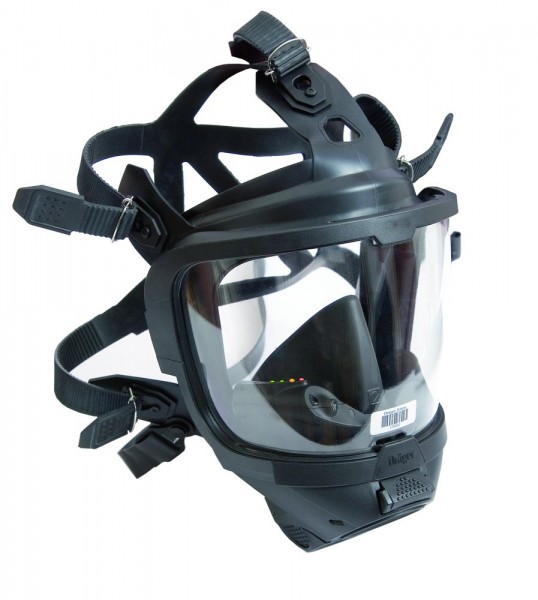Saturday, December 26, 2020
Sunday, December 06, 2020
Winter and Baltistan:
Winter and Baltistan:
 When the leaf begins to turn yellow and begins to lose its luster.
Field loses their beauty. The white sheet is stretched over the mountains. When
the water starts to slow down, Rivers like the Indus have difficulty
maintaining their flow. Then the climate change in Baltistan becomes
noticeable. People change their daily lives. Those who work hard during the day
are now beginning to relax. The beauties that used to enjoy working in the
fields now show off their appearance. They Sunbathing all the day, and as
evening falls, they close their homes completely and arrange for heating.
When the leaf begins to turn yellow and begins to lose its luster.
Field loses their beauty. The white sheet is stretched over the mountains. When
the water starts to slow down, Rivers like the Indus have difficulty
maintaining their flow. Then the climate change in Baltistan becomes
noticeable. People change their daily lives. Those who work hard during the day
are now beginning to relax. The beauties that used to enjoy working in the
fields now show off their appearance. They Sunbathing all the day, and as
evening falls, they close their homes completely and arrange for heating.
Because the nights are long, the neighbors go to
each other. It is the custom of the people of Baltistan to be humble for the
sake of the guests. So homeowners make a variety of items for their neighbors
to wake up at night. Which in previous periods were completely indigenous? But
over time, that is likely to change.
Children gather around the elders. An elderly traditionalist begins the story. At the end of the special title, the family presents the gift of traditional dried fruits to all these people. Everyone enjoys the story. The story is stopped at the end of a certain time and everyone goes home the next night hoping to continue it again.
Writer:
Muhammad Iqbal Shamim
Baltistani.
First Aid Management -1
Bleeding and Wounds:
To stop bleeding, firmly squeeze the sides of the wound together or apply pressure with the thumbs at the sides of the wound. Cleanse around and away from the wound, taking care not to disturb any blood clot. Apply and maintain pressure to bleeding part with dressing, cover with pad and bandage firmly. If bleeding is not controlled, apply more pads and increase pressure with the hand or additional bandages. Immobilize the injured part and treat for shock.
Shock:
Broken Bones:
Fainting:
Poison:
If patient is unconscious, do not attempt to treat except with artificial respiration, if needed. Conscious patients of corrosive poison (which destroy tissue, e.g. acids) should be given large quantities of milk to drink. With narcotics (e.g. sleeping pills) the patient should be made do vomit by touching the back of his throat or giving him two tablespoons of salt in a glass of warm water to drink.
First Aid Management II
Frostbite:
- Don't use heat lamp or
- hot water bottle.
- Do not rub.
- sips of salt water (1 teaspoon of salt per glass, 1/2 glass every 15 minutes for one hour.
- Loosen clothing and
- Apply cool wet cloths.
- Keeping lying down with feet elevated.
- Take to hospital
- Rub with alcohol.
First Aid Management
Insects Bite and Stings:
- Attempts to remove stinger.
- Cover area with paste of baking soda, calamine lotion may be helpful later to reduce itching.
- If patient faints, collapses or if body swells call physician immediately.
Artificial Respiration (Resuscitation):
The "exhaled air" (Mouth to mouth, or mouth to nose) method of artificial respiration is strongly recommended and should be learned by everyone.
- Lay patient on his back.
- Tilt the head and chin away from the chest to clear airway.
- Making sure that the tongue or foreign matter does not obstruct it.
- Open your mouth and take a deep breath.
- Pinch the patient's nostrils together
- And then seal your lips around mouth.
- Blow into his lungs until the chest rises.
- Then remove your mouth and watch the chest deflate.
- Repeat, giving the first four inflations as rapidly as possible.
- Lung inflation can also be carried out through the nose.
- The casualty's mouth should be sealed with the thumb holding the lower jaw.
- Prolonged, oppressive pain or unusual discomfort in the center of the chest, behind the chest bone. Pain may radiate to shoulder, arm, neck or jaw.
- The pain or discomfort is often accompanied by sweating, nausea, vomiting and shortness of breath may also occur.
- Sometime these symptoms subside and then return.
Components of Breathing Apparatus







